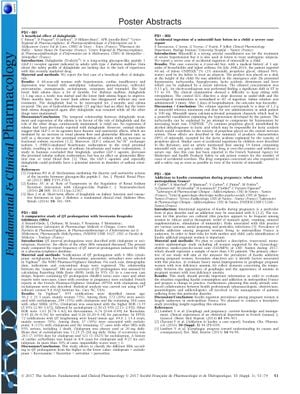Development of a Non-Parametric Population Pharmacokinetics Model and Bayesian Estimator for Tacrolimus in Tunisian Renal Transplant Patients
March 2017
in “
Fundamental & Clinical Pharmacology
”

TLDR The model and estimator can predict drug exposure in kidney transplant patients well.
In a study involving 20 Tunisian renal transplant patients treated with tacrolimus, researchers aimed to develop a non-parametric population pharmacokinetics model and a Bayesian estimator. The study collected 20 full pharmacokinetics profiles, which were divided into a development dataset with 15 profiles and a validation dataset with 5 profiles. A one-compartment model with first-order elimination was found to fit the pharmacokinetics profiles well. None of the investigated covariates, including hematocrit, age, sex, and creatinine, significantly influenced the pharmacokinetics parameters. The Bayesian estimator, when combined with the best limited sampling strategy (LSS) determined by the MMopt algorithm (samples at 0, 0.5, and 4 hours), accurately estimated tacrolimus exposure in the validation dataset. There was no correlation found between tacrolimus exposure and creatinine or hematocrit levels. The study concluded that the developed model and Bayesian estimator could adequately predict tacrolimus exposure in renal transplant patients.

